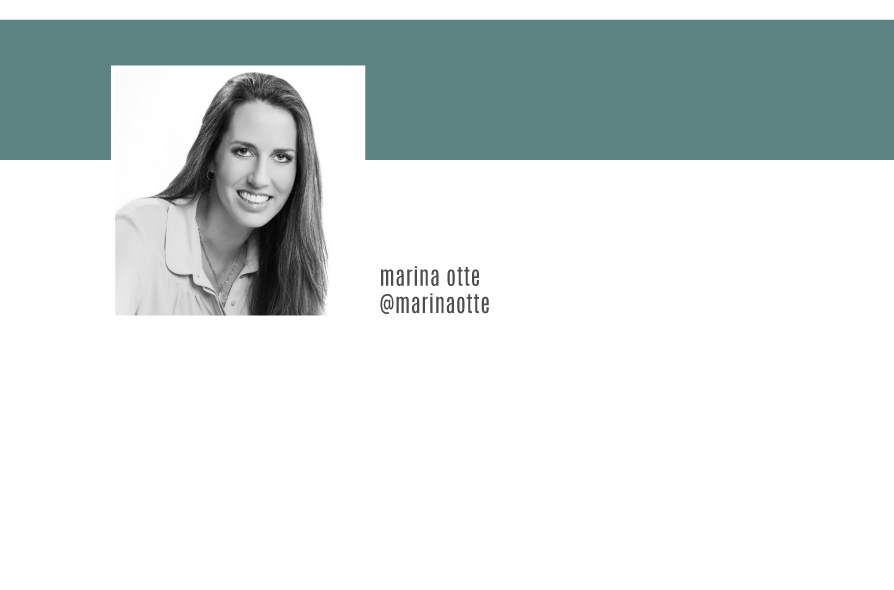29 May 2020 Understanding the TRENDs

by Marina Otte
Professionals in the creative field are encouraged in their daily work to consider, predict, and use certain trends. But not only them, every social human being is directly and indirectly exposed to trends in every aspect of their lives: from gastronomy to music; from clothing to their vacation destination.
The first impression is that trends are created solely and exclusively to increase consumption in order to help sell both new ideas, like stranded stocks, or simply keep the market going.
However, the subject is serious and not superficial, being considered a social phenomenon and its explanations have been studied over the years by several professionals, including sociologists and neuroscientists. A great lover of the subject is the French sociologist Guillaume Erner who states that “… trends are not limited to frivolous and commercial phenomena.”
The origins and explanations for trends are the most varied, it is necessary to understand the processes related to them. Trends may have a commercial origin or not. There are several products that totally escape the logic of the market and still become “hits”, they are generally the products considered to be kitsch.
Another example of how the vast majority of trends do not follow market rules, but rather, other sociological phenomena, is the logic in the choice of names. Check the list of names that were the most used in each year, occasionally some follow explanations for referring to a television character, but the vast majority do not.
There are also cyclical trends that come and go over the years, fashion has several cyclical products. An example is the fanny pack, which went from a fashion gaffe to fashion icon in the blink of an eye. Haircuts, colors, prints are also part of cyclical trends, as well as various materials used in architecture and interior design, one of them, the terrazzo flooring.
Other trends never come back, as they become a “common place”. Something that was once seen as innovative can become an everyday feature. However, if it sinks into oblivion, then it can be cyclical again. Confusing? But not so much, just look at the previous examples, they fall into both statements: for a while it was said they would never again be trends, and they fell into oblivion for a while until they triumphantly reestablished themselves.
There are also functional trends that arise, for example, from new real human needs, generally linked to new technologies. There are also non-functional ones such as new types of food, perfumes, or drinks.
In addition to all this social, commercial, and psychological burden, there are still neural explanations. Mimetics explains that yes, the human being also acts by imitation. Mirror neurons are responsible for an important characteristic of human beings: the act of imitating. Babies evolve quickly, in large part, from this aspect.
Even as adults, we can also act by mimetics. At this point, the figure of the “wise man” in a society appears. The influencer is part of this process, however, great and recognized wise people are the key point of this movement like Coco Chanel for Fashion, Oscar Niemeyer for Architecture or Sérgio Rodrigues for design.
In addition to the wise, it is necessary to have the messengers of what was introduced by the wise and who will “sell” the idea in a metaphorical sense, even if it may result in a real sale at the end.
This process can also be enhanced with elements such as the Gestalt, which is based on laws on the factors that interfere with visual perception. If these factors are associated with these elements to be reproduced, the chances of “becoming a trend” are increasingly strong.
That is why I always joke around in my classes and lectures that the TRENDS, just TEND, it is necessary to understand what is behind them.
Trends are bets and facing so many examples already given are indications, predictions of how people will behave regarding different possibilities. However, they should indeed be considered, especially those based on research.
In this process, it is possible to realize the importance of behavior, especially when we talk about trends in architecture and design areas. That is, not a product in itself, a color, a material, but the human behavior that leads to the choice of those elements that may or may not become a trend. Remember, trends just tend.
When it comes to behavior, an interesting source of research is from the analysis of generations. That traditional division between baby boomers, generation x, y, z. Each generation has different needs and desires. They face the world with their particularities. The trends for each generation will be different, just think about the technology issue (cell phones, computers, the internet) and how it got into your life. For generation z, it has not arrived at any time, these individuals have already grown up in it.
Another predominant factor for the occurrence of trends is the so-called accelerators. What we are experiencing at the moment, the COVID-19 pandemic, is a so-called accelerator.
Many of the macro trends in the coming years, pointed out by great researchers on the subject, tend to happen more quickly. One of them is home working and the need for home office spaces. Areas of architecture and interior architecture tend to be valued based on people’s understanding of their relationship with the spaces of their homes from this accelerator.
A personal bet is that we will adopt an oriental practice: leaving the shoes either outside our homes or, at most, up to the front door. This would result in a change in the configuration of the lobby or even the inclusion of new furniture.
But remember, this is just a trend … which may or may not happen!




